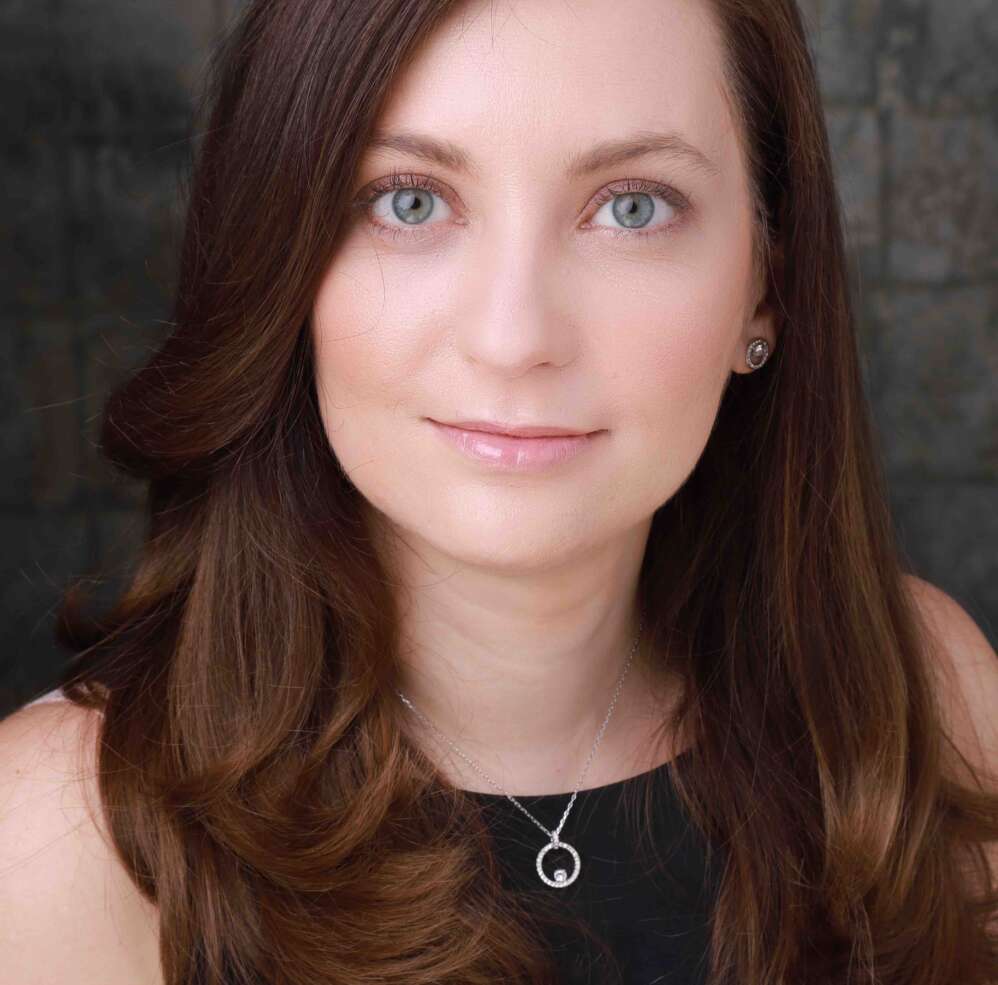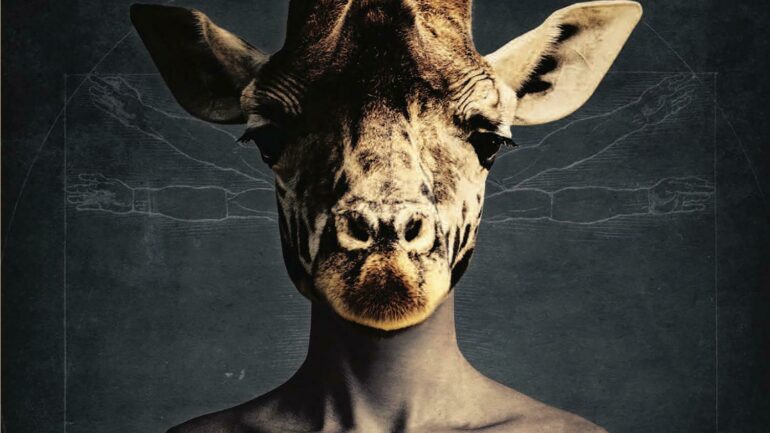
Denitsa Yordanova on the UK Global Screen Fund and Nordic co-pro-opportunities
Denitsa Yordanova on the UK Global Screen Fund and Nordic co-pro-opportunities
Exclusive - The head of the BFI UKGSF breaks down the pulling power of the Fund which has supported so far six Nordic co-productions, with grants ranging from £45,000 to £250,000.
Launched in 2021 to partially replace Creative Europe funding post-Brexit and boost international opportunities for UK indie productions, the British Film Institute’s UK Global Screen Fund (UKGSF) is an attractive funding scheme for Nordic co-producers, as a door-opener to the country’s wealth of talents on both sides of the screens and local/ regional incentives.
The public funding is available to UK minority co-productions of feature films of all genres and languages, and majority or minority-produced UK TV projects in the animation and documentary genres.
So far £5 million have been allocated to 33 co-productions, including six projects with Nordic partners:
- The Damned by rising talent Thordur Pálsson (Valhalla Murders) to be delivered late 2023 - Protagonist Pictures brings Thordur Palsson’s The Damned to Cannes
- The End by Oscar-nominated Joshua Oppenheimer which started filming in March- Joshua Oppenheimer’s The End starts filming - Scandinavian Film Distribution on board
- the documentary Beast by Max Kestner to be delivered in 2024 Danish Beast attracts UK Hopscotch and Sweden’s Plattform
- the documentary Merkel by Eva Weber, co-produced by Denmark’s Real Lava Films, which world premiered in 2022 in Telluride
- the drama The Settlers by Chilean Felipe Galvéz, co-produced by Denmark’s Snowglobe, which world premiered at Cannes’ Un Certain Regard
- the upcoming genre movie Our Island by French Vladimir de Fontenay, co-produced by The UK’s Good Chaos, with France’s Haut et Court, Belgium’s Versus Production and Finland’s Silmu Films.
Denitsa Yordanova, who is attending New Nordic Films’ UK Focus this week, has summarised for us the scheme’s funding conditions and unique selling points.
Could you remind us of the BFI’s UKGSF’s annual budget for international co-productions, and type of support you provide?
DY: The UKGSF has an annual budget of £7m for international distribution, international co-productions and international business development.
For the international co-production strand, we have just over £2m per year. To meet the increased demand for co-production support, we have set up two [application] windows per year. During our first window this year, we’ve supported nine projects [including Our Island, first project co-produced by Finland]. The second window opened August 3 and closes September 28.
Depending on the projects’ size, we can support between 12-20 co-productions a year. So far, we’ve granted over £5m to 33 international co-productions.
We provide non-recoupable grants, which makes it very attractive in the overall financial package.
Each grant can be up to £300,000, although so far, the highest amount allocated [to the Nordic co-production The Damned] was £250,000.
We focus on projects - in whatever language - in the latest stages of financing, with at least 60% of the financing in place, in addition to the UK tax relief. Therefore, fairly far in advance, we are looking for the right elements to bring them across the line and enable the project to go into production in the next eight months or so.
We’re open both to official co-productions, and non-official co-productions, where there is no official treaty framework, but projects can qualify as British under the European Co-Production Convention or UK cultural test.
It's important to underline that our tax relief remains flexible and open post-Brexit.
What are the key criteria for you to give support?
DY: We assess the overall package - from the UK producer’s credentials, his ability to raise financing from other UK sources - public or private, such as sales MGs, the international audience potential, and the funding’s ability to push the project towards start of principal photography. Those are core elements, more important than editorial aspects.
How fast are you in decision-making?
DY: This is a good question. Each of the two windows are open for eight weeks and we start to go through the applications during that period. Once the window closes, we have a 10 week-period to do our assessment.
Have you noticed any trends in terms of countries requesting support, or type of projects?
DY: We have quite a few documentaries with commercial potential, such as Merkel. There are also many drama thrillers, animation projects, drama biopics.
European projects dominate, but we also have a few projects from Latin America, China, New Zealand. The first year, the most frequent partners were France, Ireland, Germany, but every year, we have a good mix of new partners. We’re very happy to have several high-quality Nordic co-productions, and hope to attract even more Nordic partners.
Why do you think it makes sense for Nordic and UK producers to collaborate?
DY: UK and Nordic co-producers have a natural affinity, shared sensibilities. The Nordic region has a very vibrant eco-system of talents, co-producing partners with strong track records. Many creative partnerships, either originated in the UK or vice-versa lead to financing. The locations across the Nordic region are other pulling effects that lend themselves perfectly for instance to the Nordic noir, so popular in the UK.
A platform such as New Nordic Films is therefore an ideal place to make Nordic producers aware of our Fund.
This interview was edited for publication purposes.
